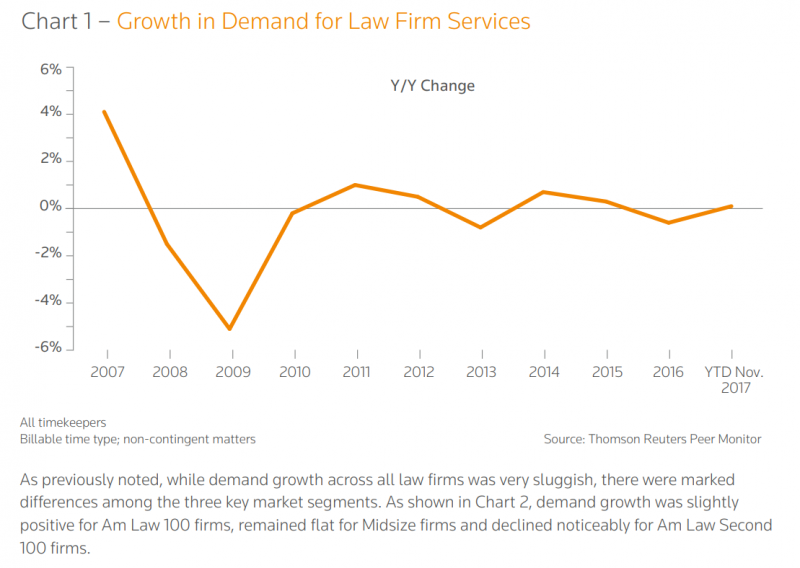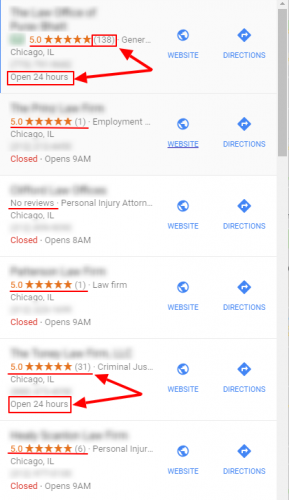
What makes a paralegal indispensable?
It isn’t hard work specifically, though that’s an important component of the job. If you’re a paralegal you already know how hard you work.
Your firm knows it too.
You’re worth every penny (and more) to your firm. Yet, many paralegals feel they aren’t viewed as the indispensable producers they are. How do you change that? How do you get your firm to treat you as the valuable teammate you are?
The thorny strategy many paralegals ignore
Your job is tough.
No doubt about it. You perform many of the same duties and functions attorneys in your firm perform, but you do it for less pay. It’s not because you’re incapable. Many paralegals know the law better than many other attorneys.

Take Tab Artis.
Artis started off as a paralegal. He sat for the California Bar Exam – without having attended law school. Between November 1997 and November 2007, only eight people had taken the California Bar Exam without a law degree and passed on the first try.
Artis was one of those eight people.
Paralegals are hardworking, capable and proficient at what they do. However, these ingredients alone won’t make you indispensable. These ingredients are the starting point.
Here are the three ingredients you’ll need to become an indispensable paralegal.
Ingredient #1: You solve problems in (at least) one of three ways
You already know it.
Problem-solving is a fundamental part of a paralegal’s job. What you may not know is this. How you go about solving problems for your firm matters just as much as the solution itself. There are three ways to solve problems effectively at your firm.
- You develop the ability to solve a problem, any problem immediately or at the very least, faster than anyone else in your firm.
- You solve problems in such a precise or complete way that these specific problems are permanently and completely fixed (e.g. recommending a process, tool or battle-tested approach that fixes billable leakage or time tracking issues permanently).
- This is as obvious as it sounds. You consistently solve simple, complex and recurring problems cheaply.
The core values here?
This needs to be done consistently. The results should be incredible yet routine. You want to spoil your firm with your outstanding performance because this is the key that produces dependence.
It gets better.
Do one of these consistently and you become indispensable (over a long period of time). Do two of these and you become indispensable in a much shorter period of time.
Ingredient #2: Specialize in a tangential niche
You’re probably already a specialist.
If you’re a paralegal you probably have a specialty. Some specialize in a specific practice area (e.g. tax, estate, bankruptcy or corporate law). Others specialize by bringing more experience or education to the table.
That’s not what I’m talking about.
The specialization I’m talking about is more foundational. It’s something that flows directly from your personality. I’m talking about your social gifts. In The Tipping Point, Malcolm Gladwell points out several types of people with rare and unique social gifts.
- Connectors are the paralegals who seem to know anyone and everyone. Saying they know lots of people is an understatement. They’re in the habit of creating or making introductions and connecting with people up and down the status chain. Drop them off in a new city and these connectors will have hundreds of new friends by nightfall.
- Mavens are information specialists who collect, harvest and share new information. These paralegals have a deep set of t-shaped knowledge and are almost “pathologically helpful.” A maven uses their incredibly deep reservoir of knowledge to solve other people’s problems, usually by solving their own.
- Salesmen are charismatic persuaders with a knack for negotiation. These paralegals are adept at getting others to agree with and believe in them. They’re also great at gaining access to incredibly difficult to reach people or places.
These skills are extremely valuable.
Why?
They’re extremely difficult to find in the general population. The vast majority of people simply don’t want to do the work involved to cultivate these skills and tendencies.
But this is the secret.
This is how you become indispensable to your firm. It’s also how you consistently command an above average salary in a highly competitive market. Master these skills and you can write your own ticket. Eventually, you’re simply too valuable for your firm to lose.
Ingredient #3: Say Yes to the impossible
Partners often ask for the impossible. Their demands are often times, foolish, ridiculous and unrealistic. Often times they don’t know what it takes to do what they want.
Which is exactly why you should say Yes…
… With conditions. The jaded or mistreated paralegal often responds to these requests with an emphatic “That’s not my job!” That’s not what your boss wants to hear. You know it, I know it.
So you add conditions to your Yes.
- “I’m supposed to be doing X; did you want me to drop that and focus on Y?”
- “I can get it done if I have X, Y and Do you want me to talk to purchasing about getting that?”
- “Let me give it a shot. X could prevent me from getting it done but I’d like to try and work around it. Is that alright?”
- “Would you give me a day or two to figure out how to do this right?”
See what I mean?
These answers show you’re loyal, committed and at the very least, always willing to try. When you set the tone for this kind of behavior you’re building trust in your firm. Here’s an important bonus. When you tell the partners No, They’re far more likely to trust your judgment.
“Moriah rarely says no. If you get a No, you can be sure there’s a very good reason.”
Most paralegals ignore this, because they don’t know
You’re worth every penny (and more) to your firm. Yet, many paralegals feel they aren’t viewed as the indispensable producers they actually are. How do you change that? How do you get your firm to treat you as the valuable teammate you are?
The secret is out.
This post shows paralegals a simple strategy you can use to become indispensable to your firm.
This is how you do it.
This is how you consistently command an above average salary in a cut-throat and highly competitive market. Master these skills and you can write your own ticket. You’re simply too valuable for your firm to lose to a competitor.
All it takes is practice.
With consistent effort and a focus on providing the right kind of value, your firm will realize the truth. You’re the indispensable paralegal they desperately need.









